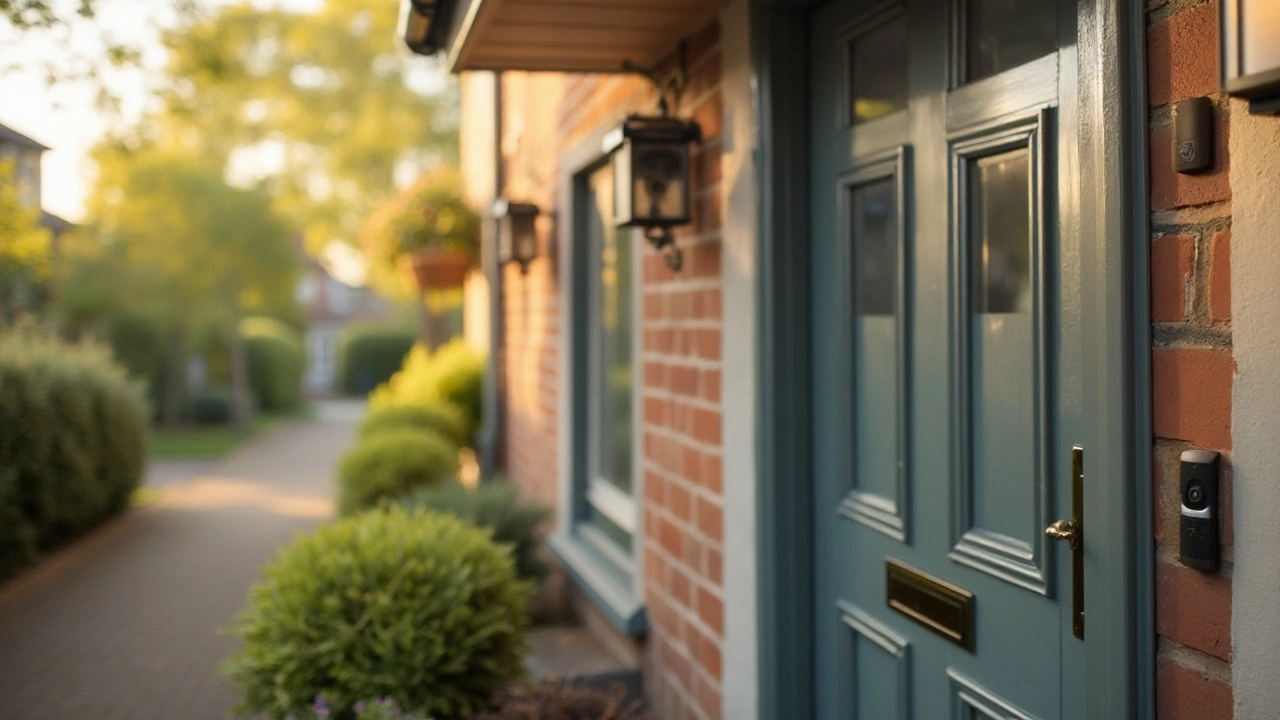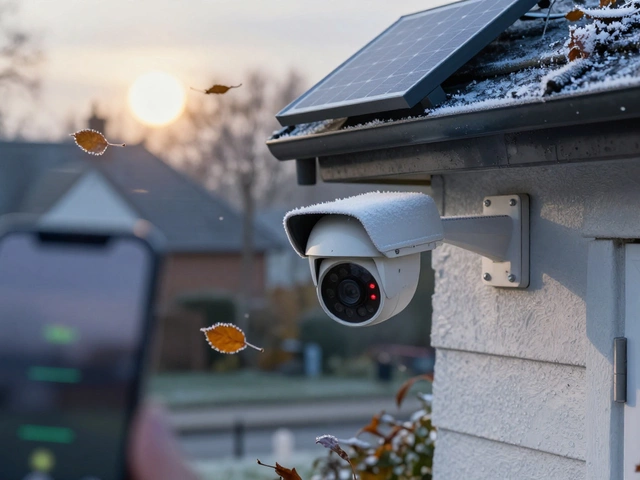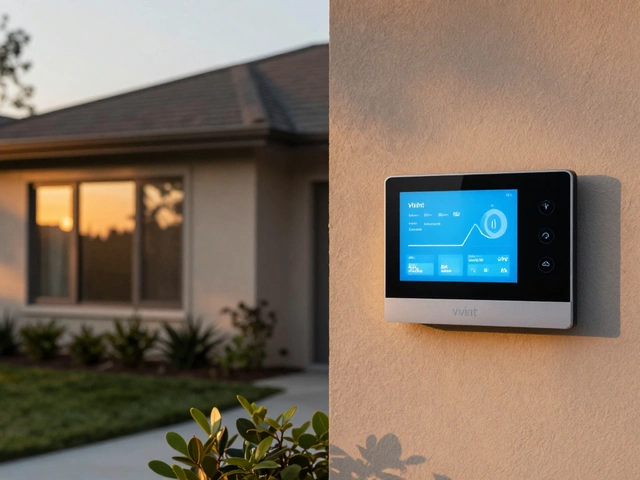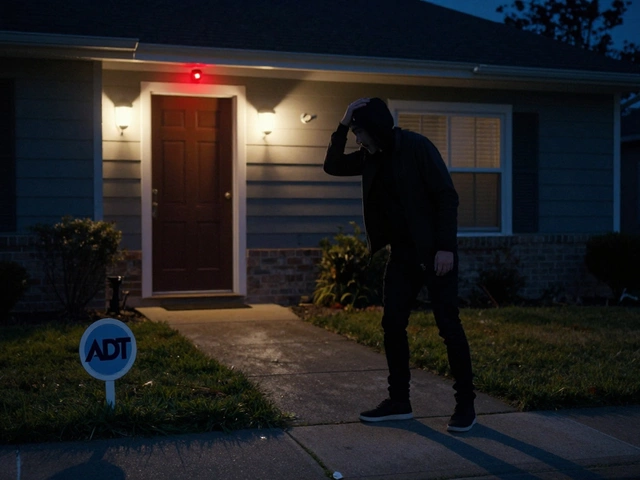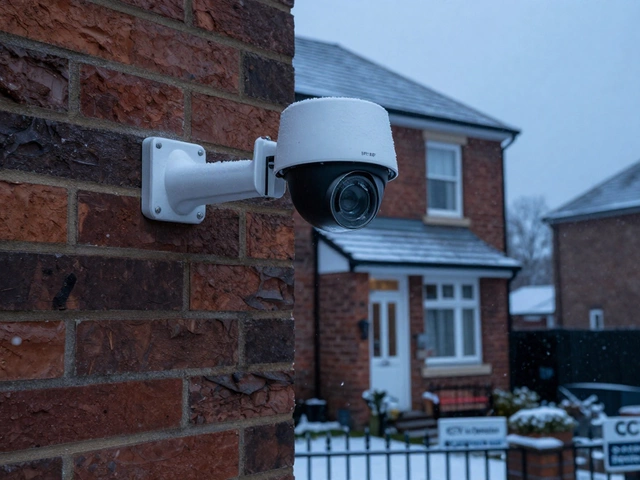Burglar Entry Points: Spot the Weak Spots Before They’re Used
Every thief looks for the easiest way in. If you know where they try first, you can lock those spots down and make a break‑in much harder. This guide walks through the most common entry points and gives you cheap, simple fixes that work right away.
Common Ways Burglars Get In
Front doors are the obvious target, but many burglars skip the big door and head for side doors, back doors, or even sliding patio doors that don’t have deadbolts. Windows on the ground floor are next – especially those with old latch bolts or flimsy glass. Some criminals even use pet doors, skylights, or crawl‑space vents when the main openings are well protected.
Easy Fixes to Harden Those Points
The first step is to add a strong deadbolt to every external door and make sure it lines up with the frame. Reinforce door frames with metal plates or strike plates – they cost a few pounds but stop a pry bar in its tracks. For windows, install a simple security bar or a hinged latch that keeps the window from opening more than a few centimeters.
Sliding doors are a favorite because they often lack a latch at the top. Slip a metal rod, a piece of a broom handle, or a purchased anti‑lift device into the track at the top of the door. It prevents the door from being lifted off its rollers, a trick thieves love.
Pet doors can be a hidden weakness. Choose a model that locks from the inside or install a quick‑release cover when you’re not at home. If you have a skylight, add a security bar that sits across the opening. It’s cheap, easy to install, and stops someone from pulling the glass out.
Don’t forget the crawl‑space and garage entry points. A sturdy lock on the garage door and a lockable hatch to the crawl space add layers of protection. Even a simple padlock on a ladder that leads up to a roof hatch can deter a curious intruder.
Lighting plays a big role, too. Motion‑activated floodlights around side doors and backyards make burglars think you’re watching. Pair the lights with a visible security camera or a dummy camera; the sight of a lens is often enough to make a thief change course.
Upgrade your door and window sensors. Modern wireless sensors snap onto frames and alert you instantly if a door or window opens. They work with most alarm systems and can even send a push notification to your phone.
Finally, keep an eye on the little things. Trim shrubs that hide doors and windows, replace weak door knobs with sturdy, tamper‑proof versions, and make sure all exterior bolts are tightened after heavy winds. Small habits add up to a big security boost.
By checking these entry points regularly and applying the fixes above, you turn the easy targets into hard ones. Burglars look for the path of least resistance – give them none, and you’ll sleep easier at night.

